
Ever came across the terms 'stock', 'finish', and 'cut'? And have no clue what it meant or often times you finds these terms confusing?
On this featured content, we break down these terms into the simplest form possible. What are the different types of stock? Are there several finishes, or it's just a marketing gimmick? Let's find out!
On this featured content, we break down these terms into the simplest form possible. What are the different types of stock? Are there several finishes, or it's just a marketing gimmick? Let's find out!

What is it?
Stock refers to the paper used in the printing process. Typically made of pasteboards, which is derived from the process of how they are actually made.
Layers
Cards consist of two layers of paper that are pressed tightly together with a layer of glue or paste between them. The glue not only ensures that they adhere together, but also helps ensure that cards are opaque, so that you can't see through them in bright light.
Stock refers to the paper used in the printing process. Typically made of pasteboards, which is derived from the process of how they are actually made.
Layers
Cards consist of two layers of paper that are pressed tightly together with a layer of glue or paste between them. The glue not only ensures that they adhere together, but also helps ensure that cards are opaque, so that you can't see through them in bright light.

Types
Basically, there are two types of paper stock: Premium (Bee/Casino Stock), and Classic (Bicycle/Standard Stock).
Basically, there are two types of paper stock: Premium (Bee/Casino Stock), and Classic (Bicycle/Standard Stock).
Did you know?
USPC has added Thin-Crush option, which crushes Premium or Classic stock, making it thinner. Generally, thin-crushed decks are more slippery, feels very soft and flexible which is ideal for cardistry, but can't be expected as durable and long lasting.
USPC has added Thin-Crush option, which crushes Premium or Classic stock, making it thinner. Generally, thin-crushed decks are more slippery, feels very soft and flexible which is ideal for cardistry, but can't be expected as durable and long lasting.

What is it?
Finish is the texture of the card - which could either be embossed or smooth finish.
Embossed Finish
This simply means that the paper has dimples to help reduce the amount of friction on the cards for best handling, and sometimes this is referred to as Air-Cushion.
Did you know?
According to USPC guidelines: "You may have seen Embossed listed as Air-Cushion, Cambric, Linen and Magic but they are all the same terms for Embossed."
Finish is the texture of the card - which could either be embossed or smooth finish.
Embossed Finish
This simply means that the paper has dimples to help reduce the amount of friction on the cards for best handling, and sometimes this is referred to as Air-Cushion.
Did you know?
According to USPC guidelines: "You may have seen Embossed listed as Air-Cushion, Cambric, Linen and Magic but they are all the same terms for Embossed."

Smooth Finish
Also referred to as ivory, smooth finish does not have dimples which makes cards sturdier but clumps faster.
Also referred to as ivory, smooth finish does not have dimples which makes cards sturdier but clumps faster.

What is it?
In the production process, an entire deck of cards is printed in a single uncut sheet, which would be then cut by a machine into individual cards. Cut refers to which side of the sheet is faced up when the blade is pressed.
Traditional Cut
This process requires the sheets to be turned over and is cut from face to back.
In the production process, an entire deck of cards is printed in a single uncut sheet, which would be then cut by a machine into individual cards. Cut refers to which side of the sheet is faced up when the blade is pressed.
Traditional Cut
This process requires the sheets to be turned over and is cut from face to back.

Modern Cut
The standard cut, the cards are cut from back to face.
The standard cut, the cards are cut from back to face.


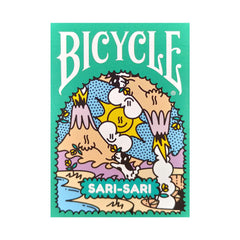
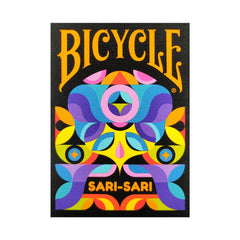
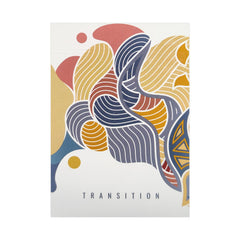
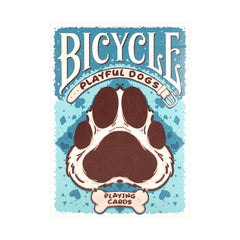
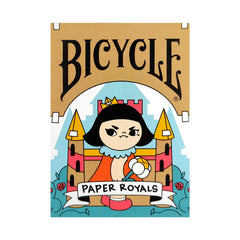
Leave a comment